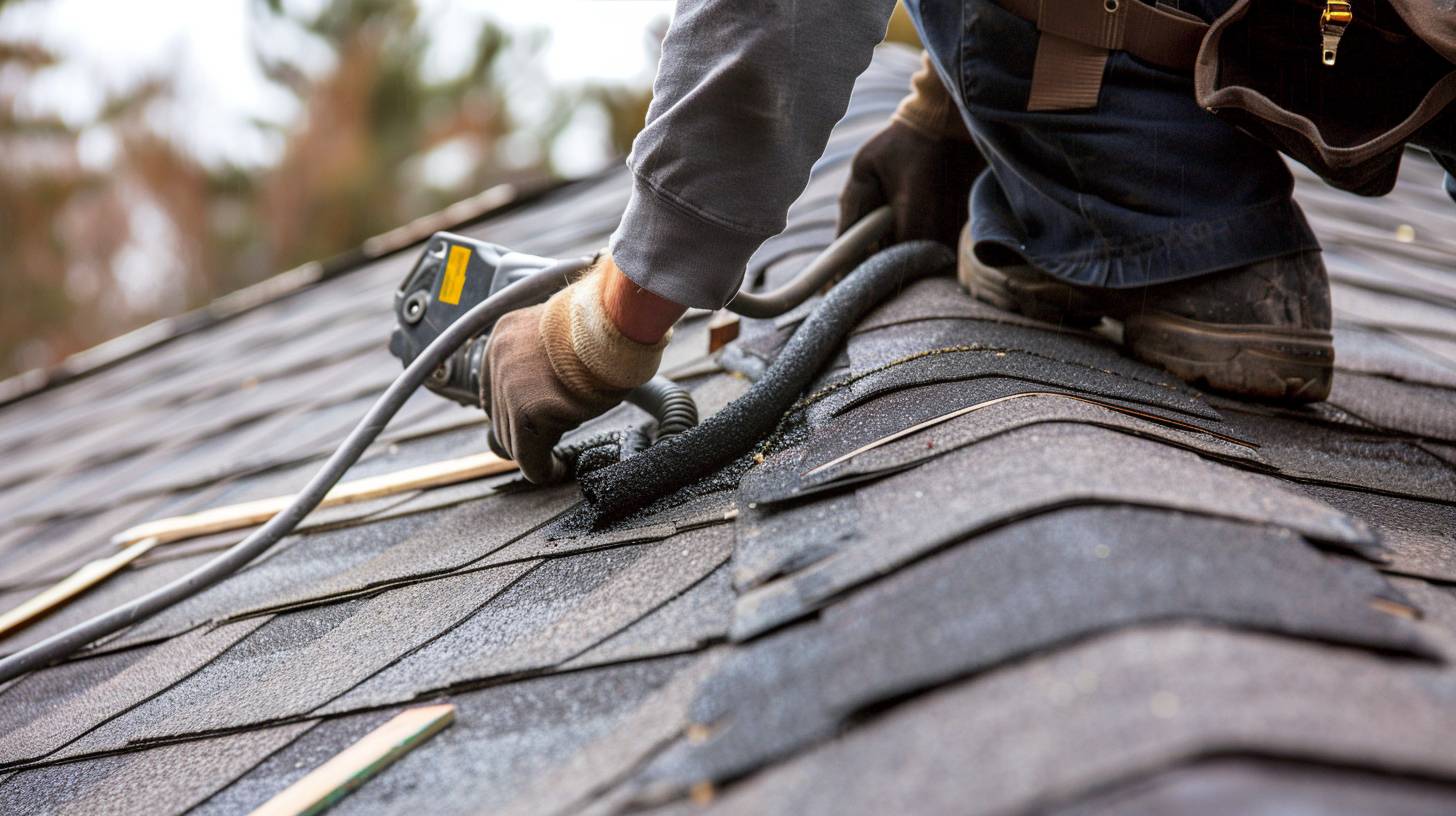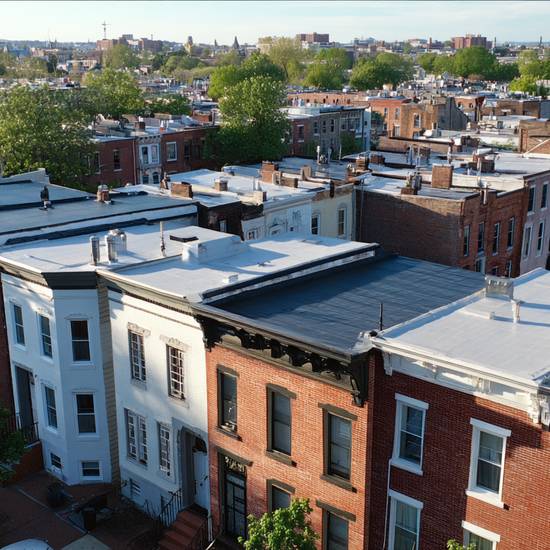If water is entering your home or a storm has just hit, same-day roofing can turn a potential disaster into a manageable repair. Fast crews tarp vulnerable areas, trace leaks, and redirect water before it ruins insulation, drywall, or electrical systems.
This guide covers urgent scenarios that require same-day roofing, the true cost of delaying roof repairs, and the signs you need immediate roofing attention. You will know when to call, how to prioritize safety, and what temporary steps to take to buy time until permanent repairs begin.
Urgent Scenarios That Require Same-Day Roofing
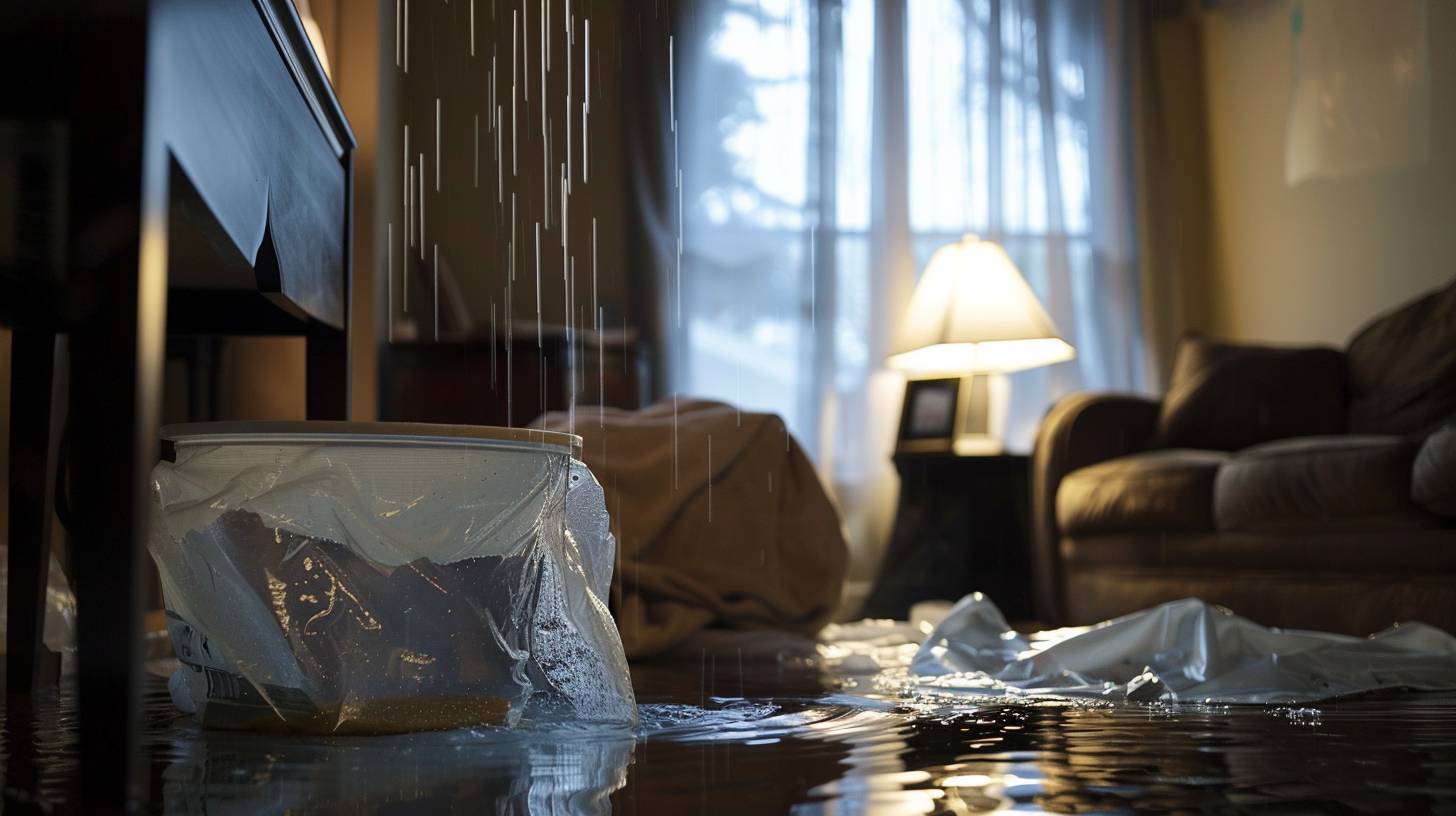
Active Leaks and Water Intrusion
When water reaches ceilings or insulation, it has already bypassed shingles and underlayment. Moisture can travel along rafters and wiring, so the wet spot you see may be several feet from the entry point.
Same-day roofing crews typically locate the source, install a tight tarp or peel-and-stick dry-in membrane, re-seal vulnerable flashing, and create safe drainage paths to stop further damage. Expect them to photograph conditions, check the attic for saturated insulation, and note any electrical risks or mold-friendly pockets so permanent repairs can be scoped accurately.
What to do before the roofer arrives: Move belongings and electronics, place containers under drips, shut off power to any wet ceiling zone, and take time-stamped photos of stains and dripping. Dry wet materials within 24 to 48 hours per the EPA Mold Guidance to reduce mold growth and indoor-air issues.
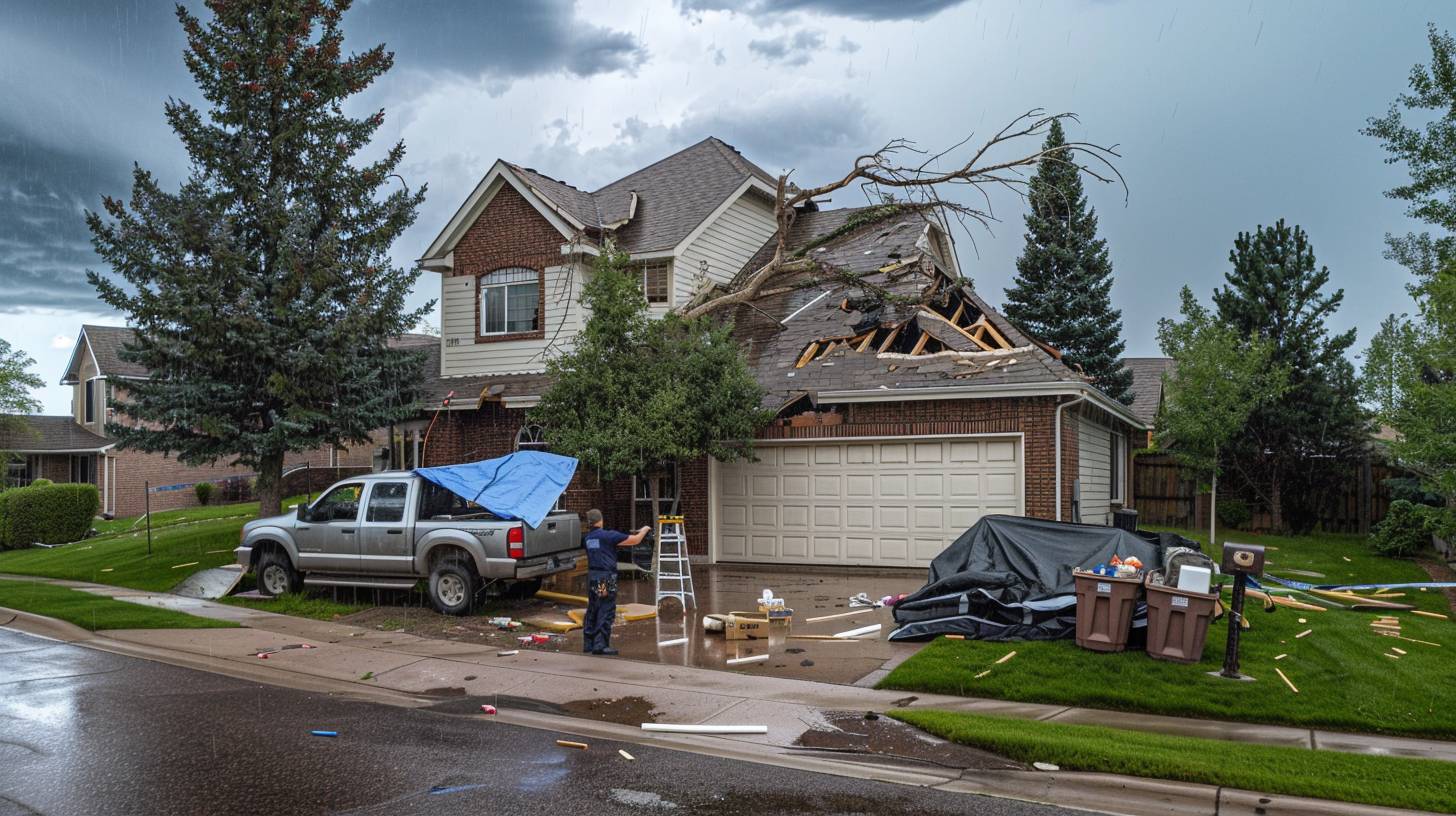
Post-Storm Damage From Wind, Hail, or Debris
Severe weather can break shingle seals, crease tabs, lift ridge caps, dent metal panels, and puncture low-slope membranes. Even if the roof looks intact from the street, wind-driven rain can ride under loosened edges and leak hours later.
A rapid stabilization visit focuses on removing loose branches, re-securing edge metal, replacing missing shingles or caps, patching membranes, and tarping compromised slopes. Good contractors also document hail impact patterns, wind direction, and product approval numbers to support any claim and to separate storm damage from prior wear.
What to do before the roofer arrives: Photograph the yard and roof from the ground, note the time and direction of the storm, avoid downed lines, and do not climb on wet or debris-covered surfaces. See FEMA Severe Wind Protection Tips for homeowner actions and documentation.
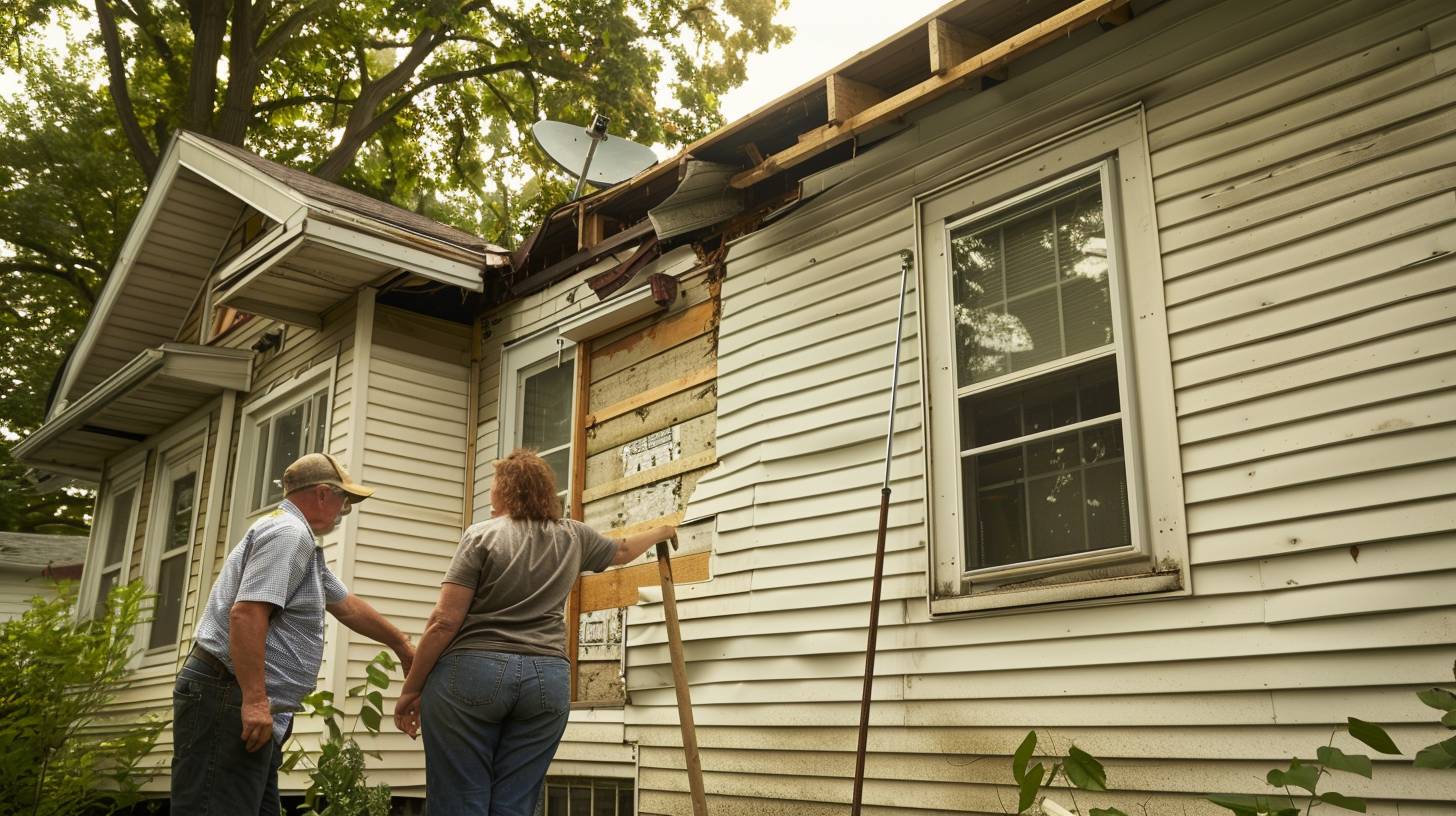
Visible Structural Compromise: Sagging Deck or Framing Damage
A roof plane that sags, a bowed ridge, or cracks at rafters and trusses signal potential structural stress. Long-term leaks often rot decking around valleys, chimneys, and skylights, while heavy debris can shear fasteners or shift framing.
Same-day roofing teams will evaluate load paths, add temporary shoring if necessary, remove saturated materials, and dry-in the opening to reduce collapse risk. They may also recommend a structural assessment and coordinate follow-up with a licensed general contractor when framing repairs or sheathing replacement are required.
What to do before the roofer arrives: Keep people and pets out of rooms under the sag, look for new wall or ceiling cracks or doors that stick, and photograph interior and exterior changes.
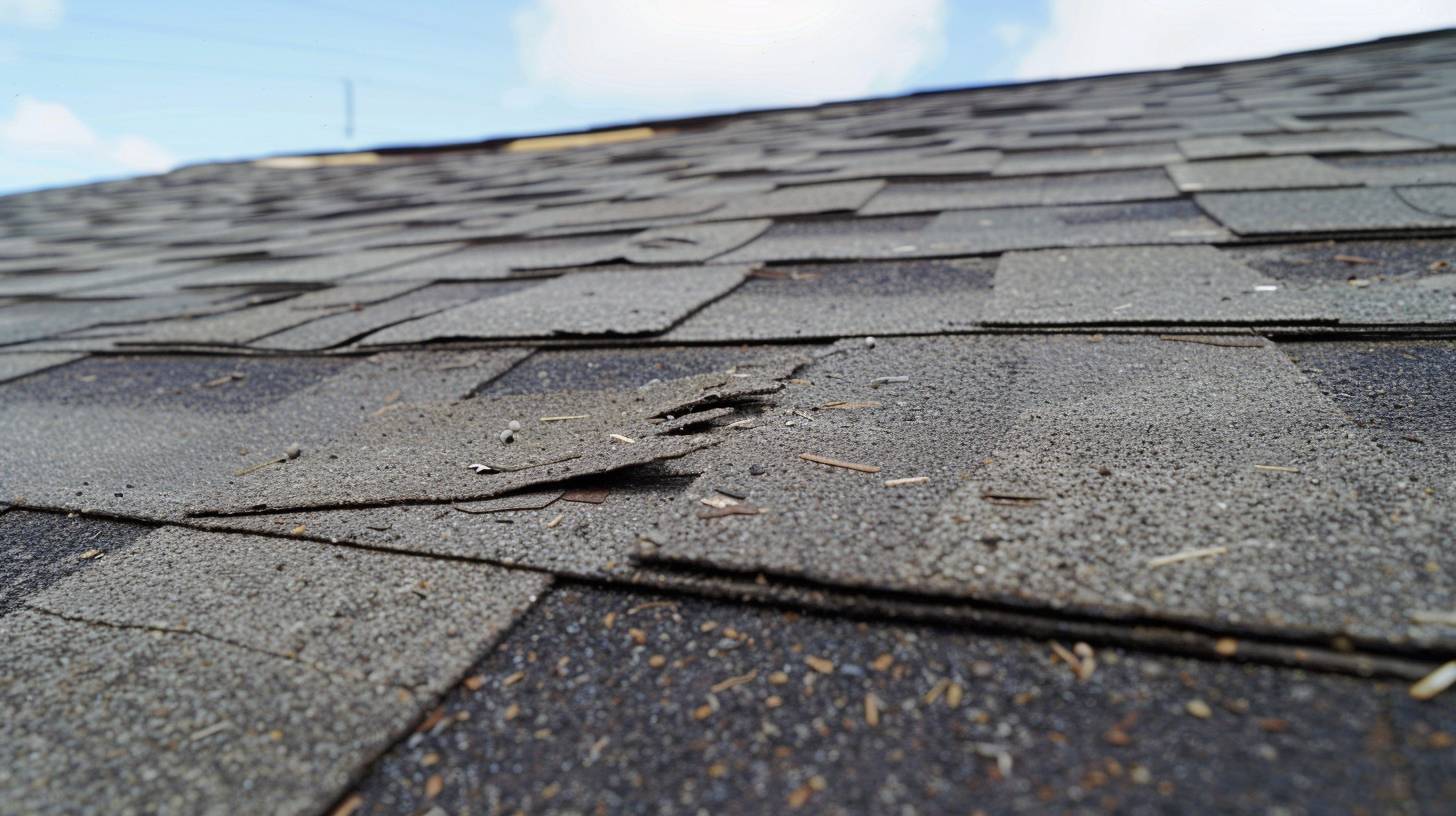
Critically Compromised Shingles: Missing, Cracked, or Unsealed
Sun and wind weaken asphalt over time. Once seals fail, rain can track under tabs and into nail lines and valleys. Missing ridge pieces invite water at the highest points of the roof, and cracked starter strips allow edge lift.
Emergency crews often install new starters and caps, re-seal step and chimney flashing, and replace the worst shingles as a bridge to a larger repair or replacement. Quality temporary fixes include underlayment patches beneath the surface to restore a layered water path.
What to do before the roofer arrives: Collect any blown-off shingles you find, photograph affected slopes, and note where drips show inside so the crew can match interior clues to exterior damage.
The True Cost of Delaying Roof Repairs
Escalating Damage: From Minor Leaks to Major Structural Issues
Water rarely stays put. A lifted shingle or cracked flashing allows moisture to wick under the covering, soak underlayment, and rot sheathing. Left alone, fasteners loosen, insulation mats wear out, and rafters or trusses can weaken. Tile and metal roofs are not immune; small underlayment failures still lead to wet decking and hidden decay.
Health Risks: Mold Growth and Poor Indoor Air Quality
Mold can colonize damp drywall or attic wood in as little as 24 to 48 hours. Spores spread through returns and bath fans, aggravating allergies and asthma. In poorly vented attics, ongoing moisture also delaminates plywood and accelerates roof deterioration, creating a cycle of leaks and air-quality problems.
Financial Burden: Higher Repair Costs and Potential Roof Replacement
Small problems are cheap to fix; deferred problems are not. A quick shingle or flashing repair can become sheathing replacement, interior drywall work, repainting, and insulation replacement. Insurers may deny or limit claims if damage is tied to deferred maintenance, leaving you to pay for a larger repair or early replacement.
Decreased Home Value and Curb Appeal
Home inspectors flag water stains, soft decking, and mismatched shingle patches. Buyers read those as signs of larger issues and either walk away or demand credits. Even if you stay, visible waving shingles, rusted drip edge, or stained ceilings reduce perceived quality and appraised value.
Safety Hazards for Occupants and Property
Soaked drywall can bulge and fail without warning. Wet junction boxes and fixtures can short. Saturated insulation hides hazards under the attic deck. Inside, slick floors from active drips increase fall risk. Outside, compromised decking near eaves can break underfoot during a check.
Qualities to Look For in a Same-Day Roofing Company
When minutes matter, the right partner brings speed without cutting corners. Use this quick screen to separate true emergency pros from generalists who may not be equipped for rapid response.
- 24/7 live dispatch and clear ETA
You should reach a human who can give a realistic arrival window and confirm the crew is mobilizing with the right equipment. - Licensed, insured, and safety trained
Ask for proof of state licensing and active general liability and workers’ comp. Crews should follow fall protection and site safety protocols. - Documented emergency process
A reliable company outlines its triage steps: inspection, photo documentation, temporary dry-in (tarping or sealants), and a written plan for permanent repairs. - Stocked vehicles and material access
Emergency trucks should carry tarps, fasteners, sealants, and common shingles or metal hardware so they can stabilize the roof on the first visit. - Experience across roof systems
Look for proven work on asphalt shingles, modified bitumen, standing seam metal, tile, and slate so the team can match the right temporary fix to your system. - Transparent pricing and written authorization
Expect clear rates for emergency service, materials, and any after-hours surcharges, plus a signed work authorization before work begins. - Insurance coordination and claim-ready reports
Crews should provide photos, measurements, and a repair estimate you can submit to your insurer without delays. - Next-step scheduling and follow-through
Before they leave, you should have a target date for permanent repairs or roof replacement, along with care instructions for the temporary dry-in.
FAQs About Same-Day Roofing Services
What will a same-day visit include?
Expect a roof inspection, photos, and temporary dry-in, such as tarping or sealant. Permanent repairs are scheduled once materials and weather align.
Is same-day roofing only for residential roofing?
No. Commercial roofing also benefits from patching elastomeric-coated systems to securing modified bitumen seams on low-slope buildings.
Can a same-day crew handle tile and slate roofing?
They can stabilize broken tiles and waterproof the area, then return with matching materials for permanent repairs.
Should I call my insurer before or after the visit?
Document damage with photos, then contact your insurance company. A manufacturer-certified roofing contractor can supply estimates and scope details to support a claim. Follow the NAIC Post-Disaster Claims Guide to document conditions first, then make temporary repairs as instructed by your policy.
When is roof replacement the better choice?
If cracked shingles are widespread, the roof is near the end of life, or leaks involve the deck, a planned roof replacement may be more cost-effective than repeated repairs.
Fast Help Today, Lasting Solutions Tomorrow
Need same-day roofing now? Mr. Remodel can connect you with nearby roofing contractors for emergency repairs, from asphalt shingle fixes to temporary dry-in on tile, slate, or standing seam metal. You will get a fast assessment, clear pricing, and photos of the stabilization work.
From residential leaks to commercial roof support, we will help you line up a plan for permanent repairs and coordinate related work like gutter installation. Request free estimates, compare local pros side by side, and protect your home before the next storm.


